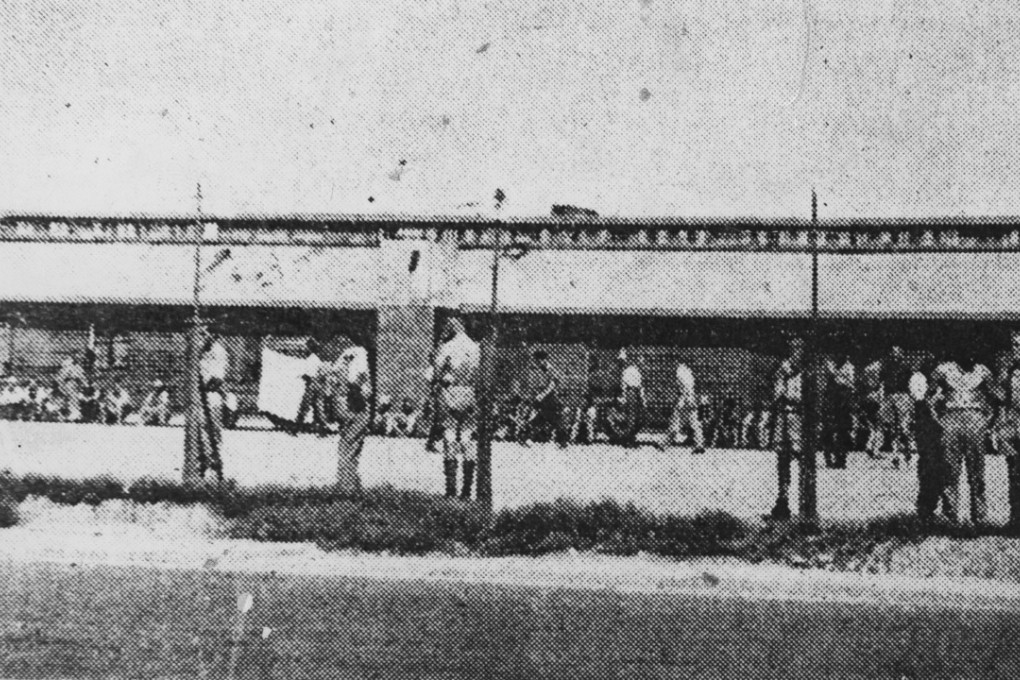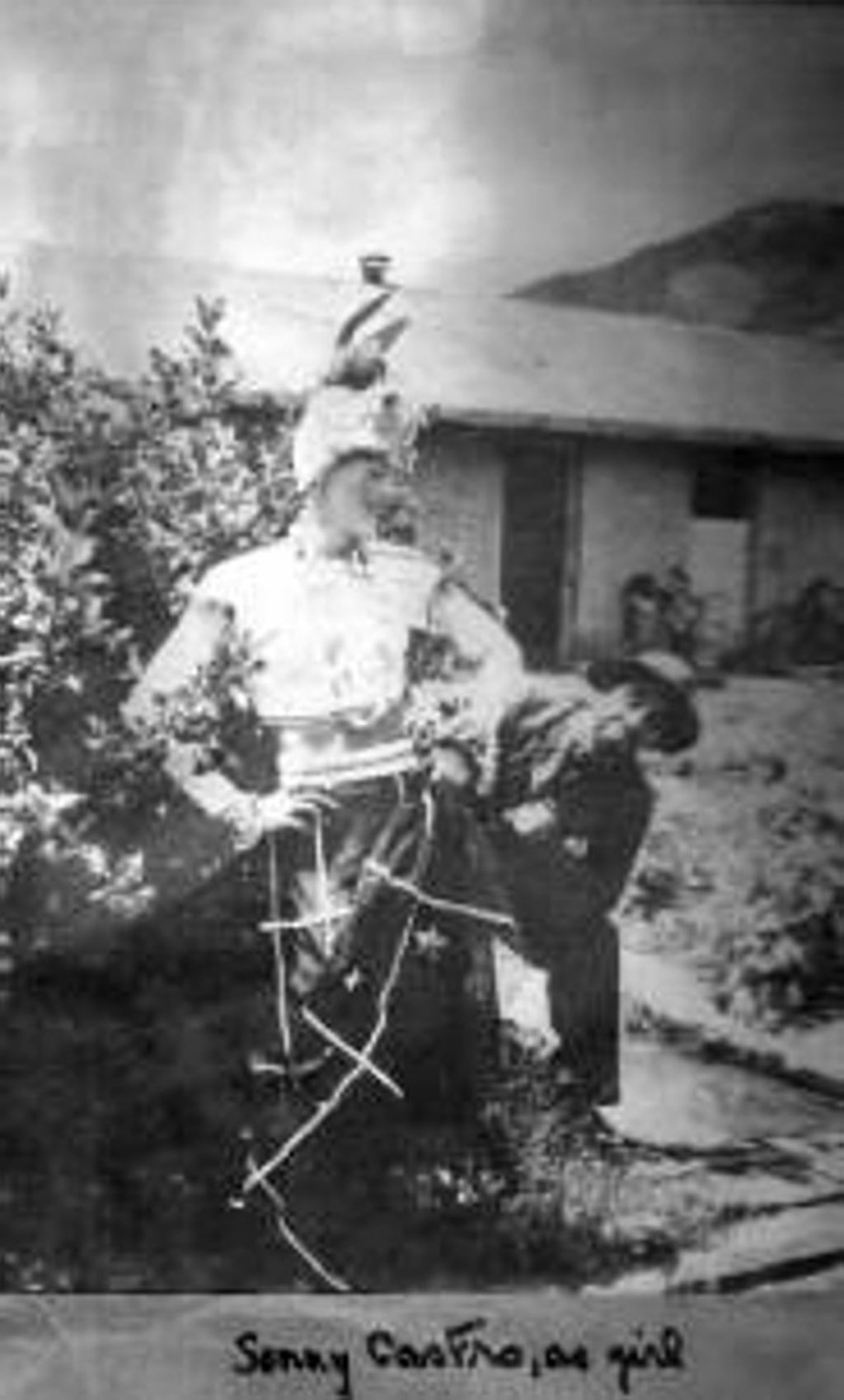Then & Now | How Hong Kong’s POWs kept their spirits up under Japanese occupation
At prisoner-of-war camps in Stanley and Sham Shui Po, internees with musical and theatrical abilities made life in captivity a little easier to bear

While life as a military prisoner of war or civilian internee of the Japanese in Hong Kong was far from pleasant, less remembered are the entertainment committees that strived, in difficult circumstances, to make the dispiriting drudgery of prolonged captivity easier to bear for everyone else. Sham Shui Po and Stanley had no shortage of internees with theatrical and musical ability.
Ferdinand Maria “Sonny” Castro was a local Portuguese female impersonator whose high-camp imitations of “Brazilian Bombshell” Carmen Miranda were legendary; enthusiastic descriptions of his performances feature in virtually every Hong Kong prison-camp memoir.

Bard’s instrument played an unlikely role in an escape from Sham Shui Po camp in April 1942, when four men fled down the sewers, across the water to Lai Chi Kok, into the New Territories and, eventually, Free China. Bard was stationed by a manhole cover when the party went down; music was the prearranged code for the presence of patrolling guards and silence indicated the all-clear. After the war, Bard helped establish the Hong Kong Philharmonic and the Hong Kong Chinese Orchestra.
